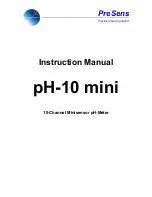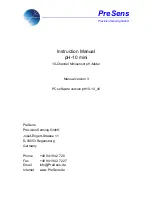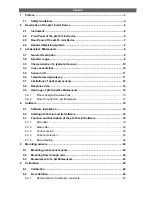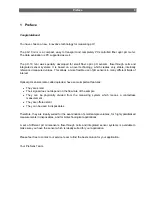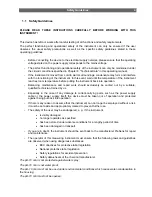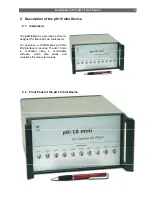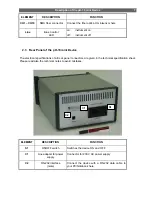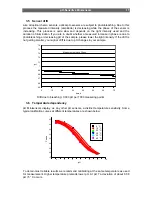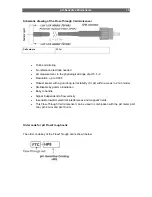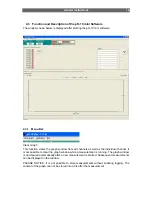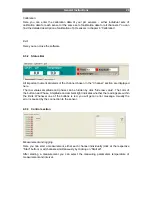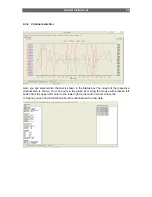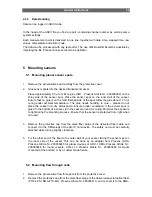
pH-Sensitive Minisensors
9
3 pH-Sensitive
Minisensors
3.1 General
Description
Optical pH Sensors designed for pH-10 mini device are based on the new
D
ual
L
uminophor
R
eference method (see also appendix). They consist of an inert long decay time reference
dye and a short decay time indicator dye, which changes its fluorescence intensity due to the
pH-value. The measured value, the average decay time, represents the ratio of the two
fluorescence intensities. Therefore, the signal is internal referenced and insensitive to
fluctuations of the light source.
3.2 Dynamic range
Optical pH sensors respond according to the mass acting law, hence, they do not show a
linear behaviour like potentiometric pH electrodes. This limits their use to a dynamic range of
approximately 3 to 4 pH units. On the other hand, the resolution can be very high in the
optimal range. A typical response curve of a pH sensor is shown below. Increasing the pH
decreases the phase angle
Φ
. The phase angle
Φ
can be related to the pH as shown below.
The theoretical aspects are explained more detailed in the appendix.
Response of pH minisensor.
Typical calibration curve of a pH minisensor
22° C, PBS-Buffer, ionic strength 120 mM
5
5.5
6
6.5
7
7.5
8
8.5
9
9
11
13
15
17
19
time, min
pH
0
10
20
30
40
50
2
4
6
8
10
12
pH
Pha
s
e
Calibration values
Calibration curve

